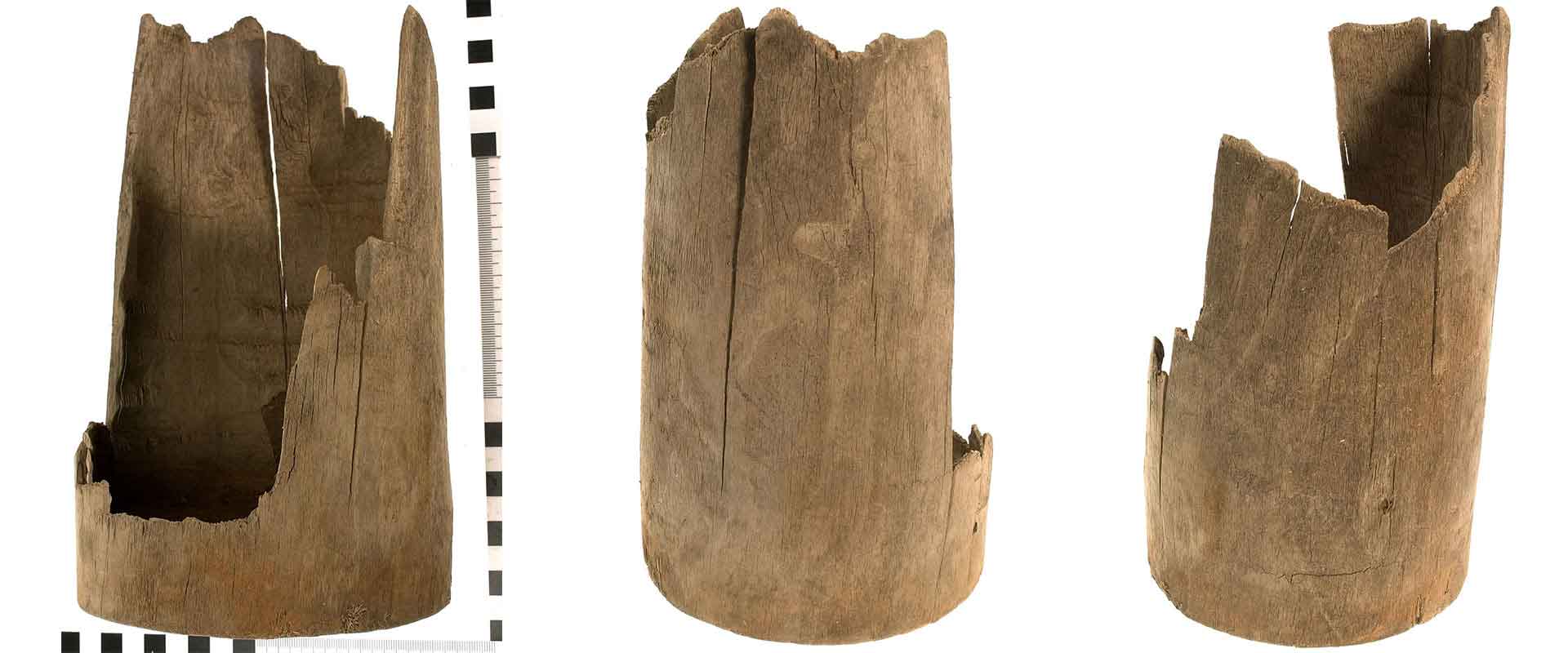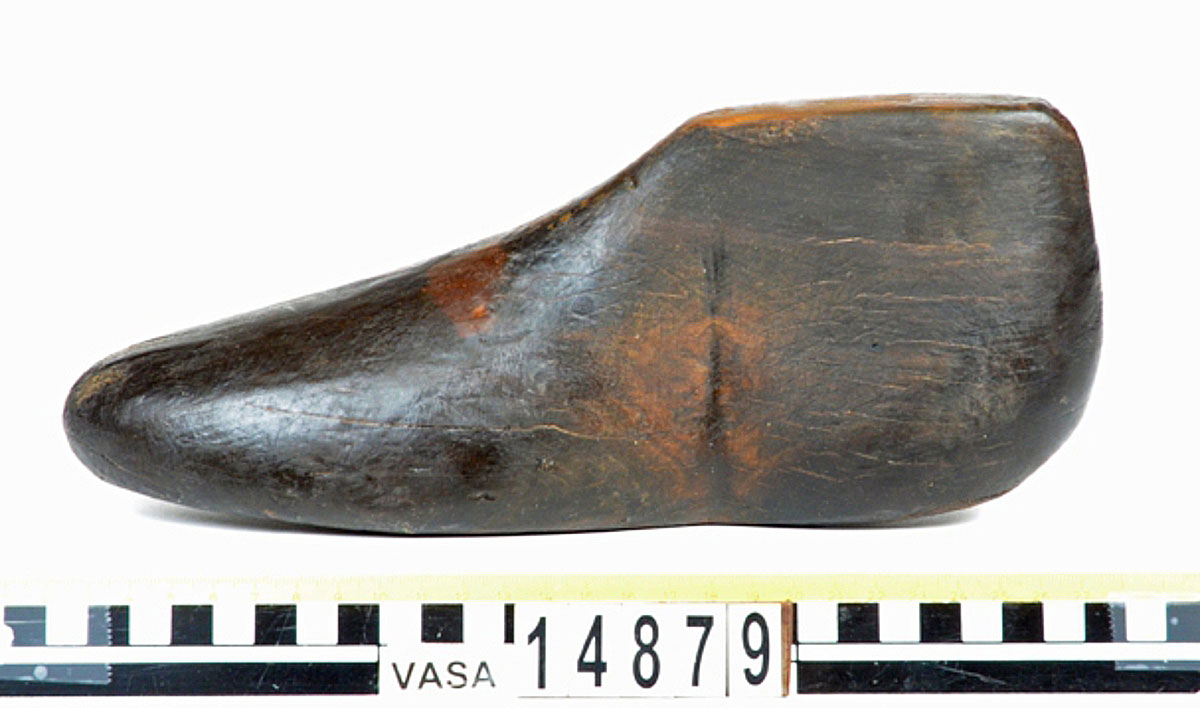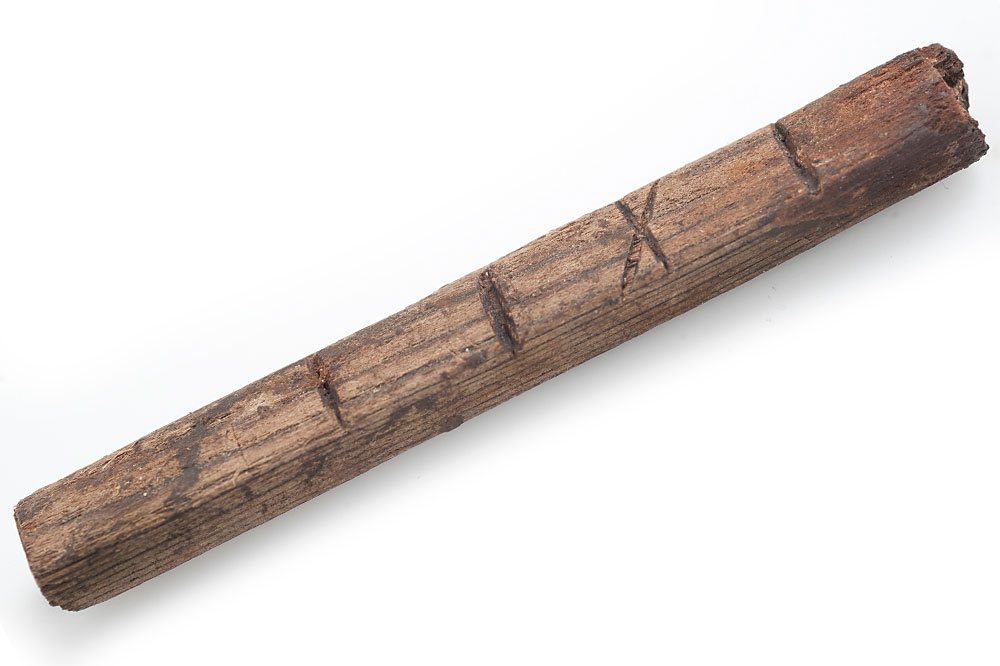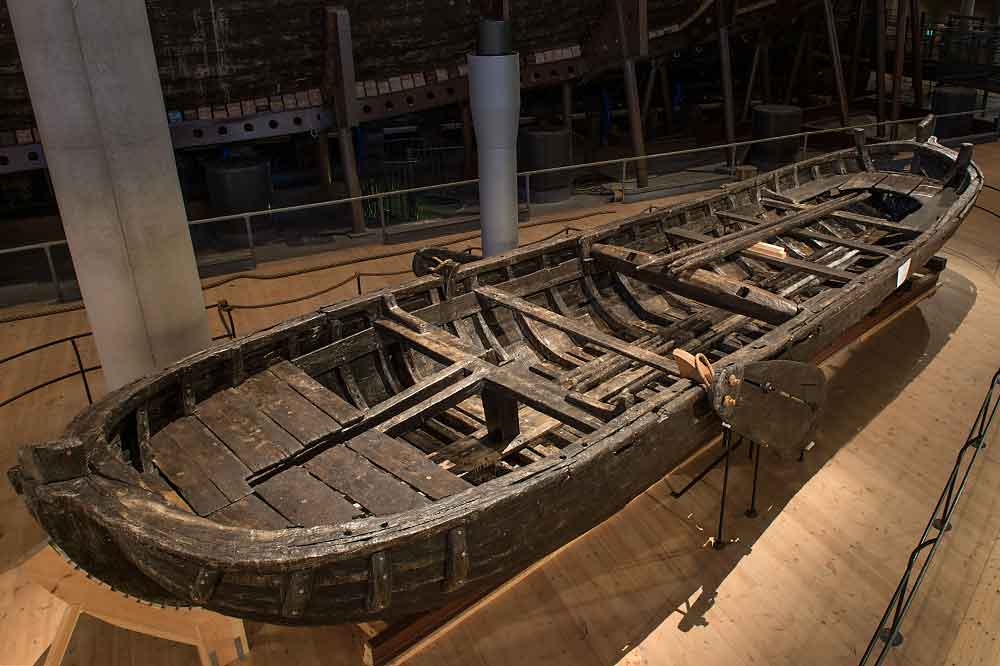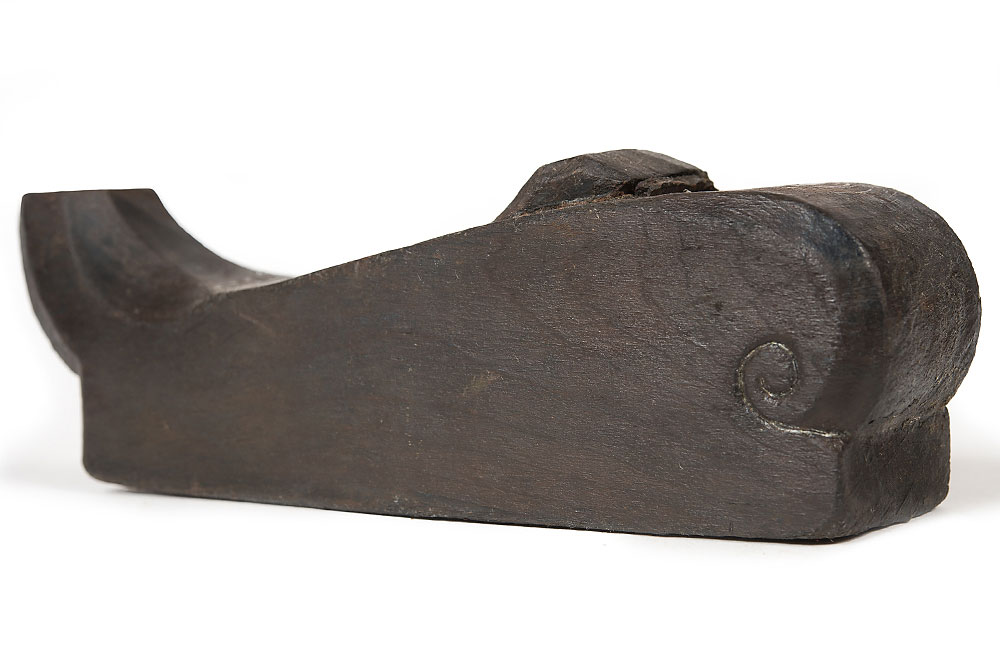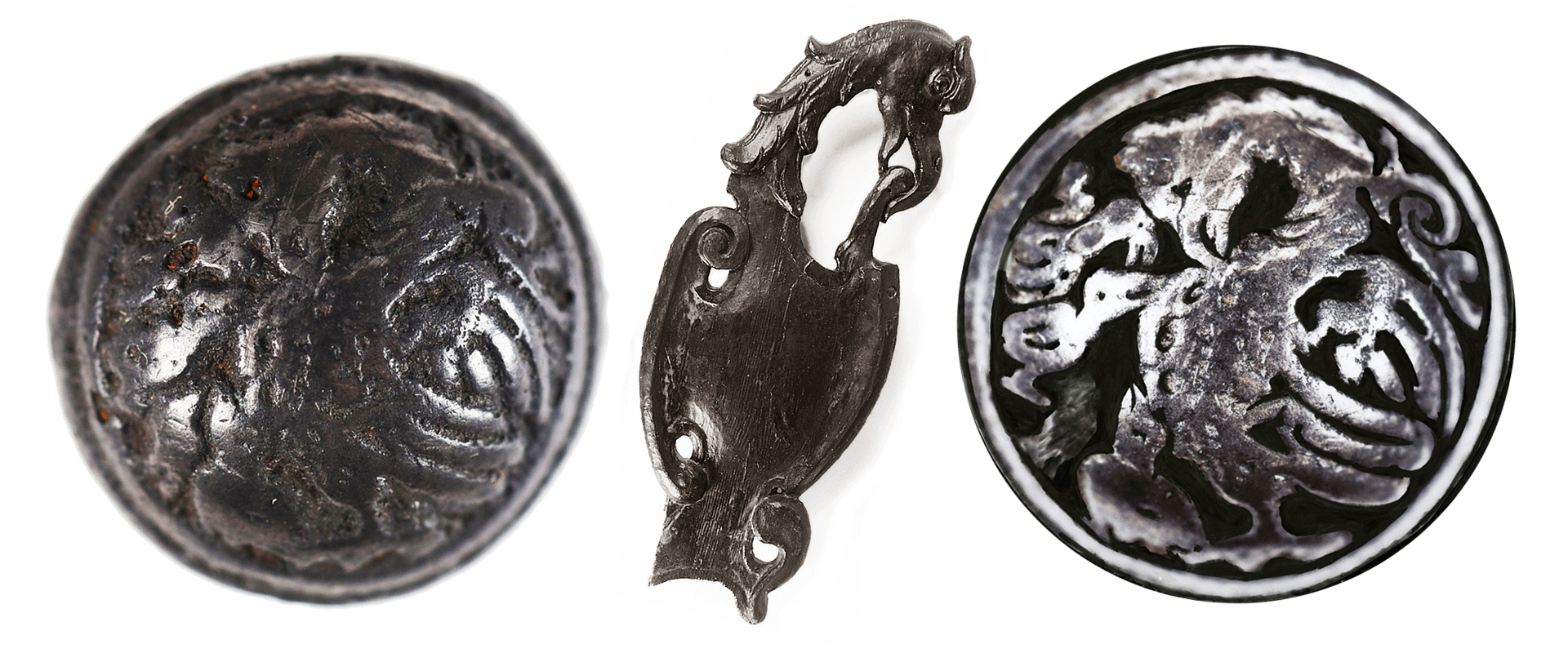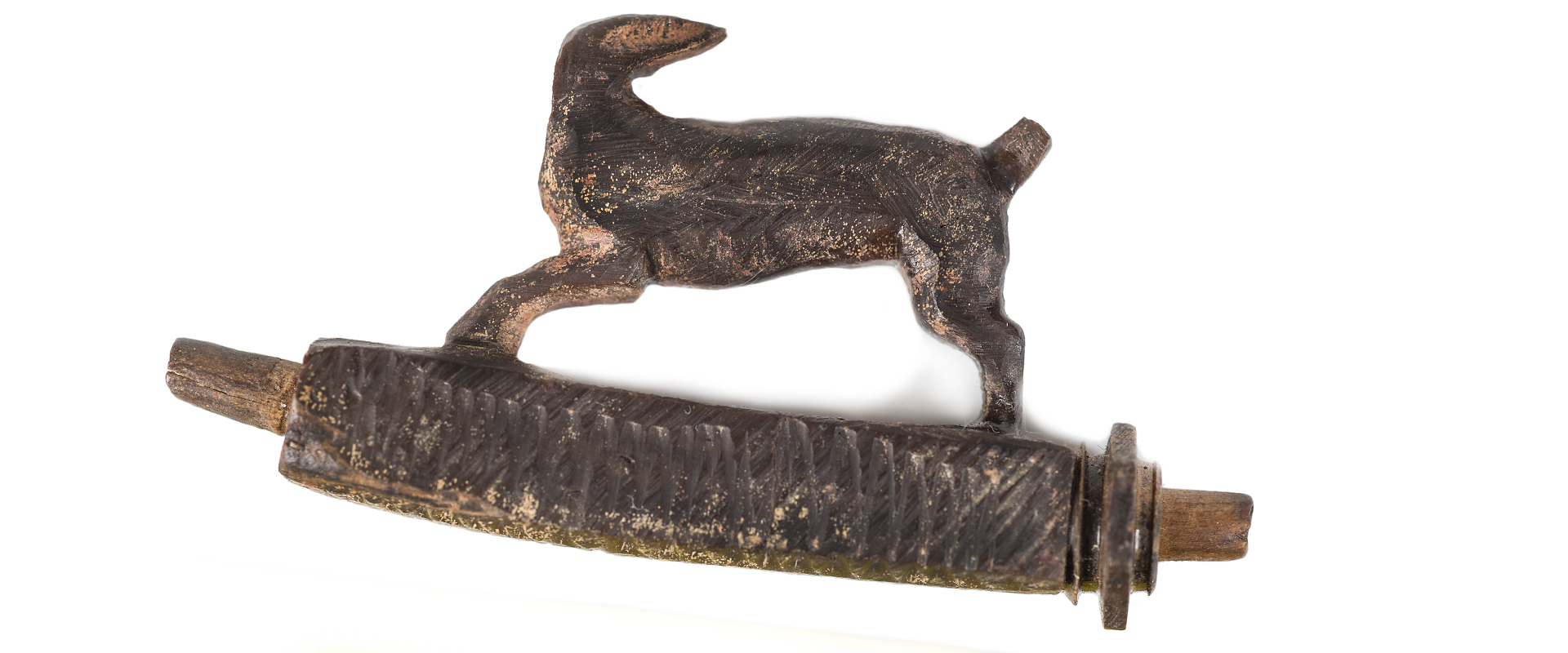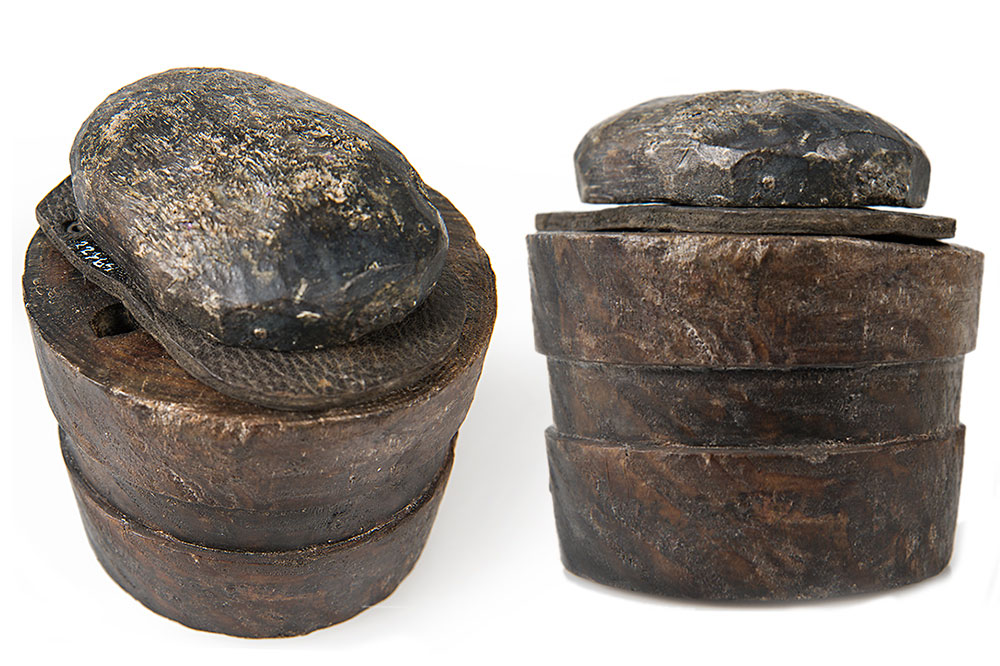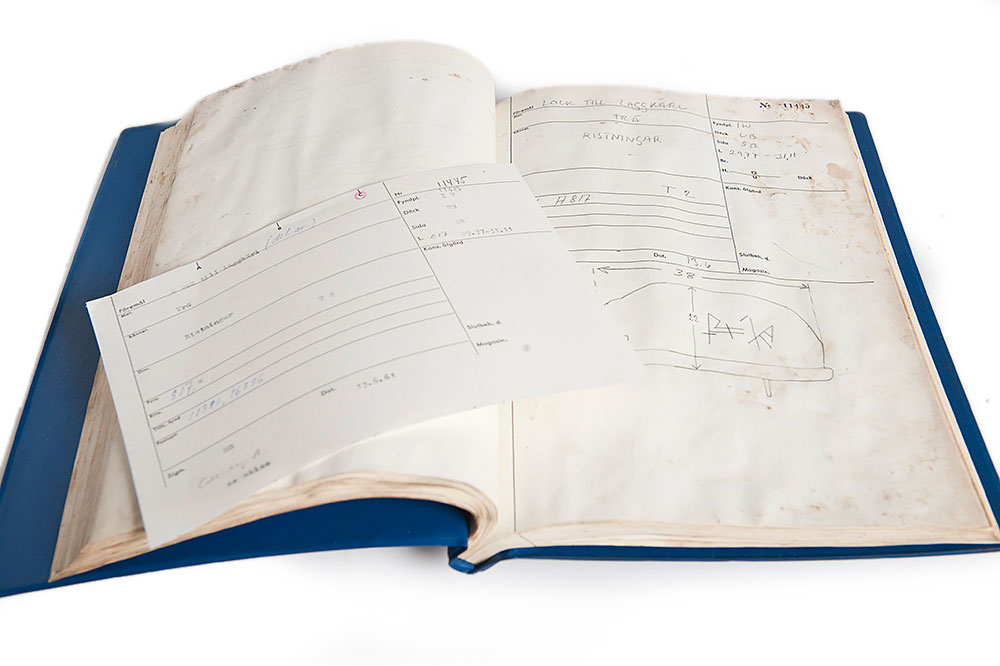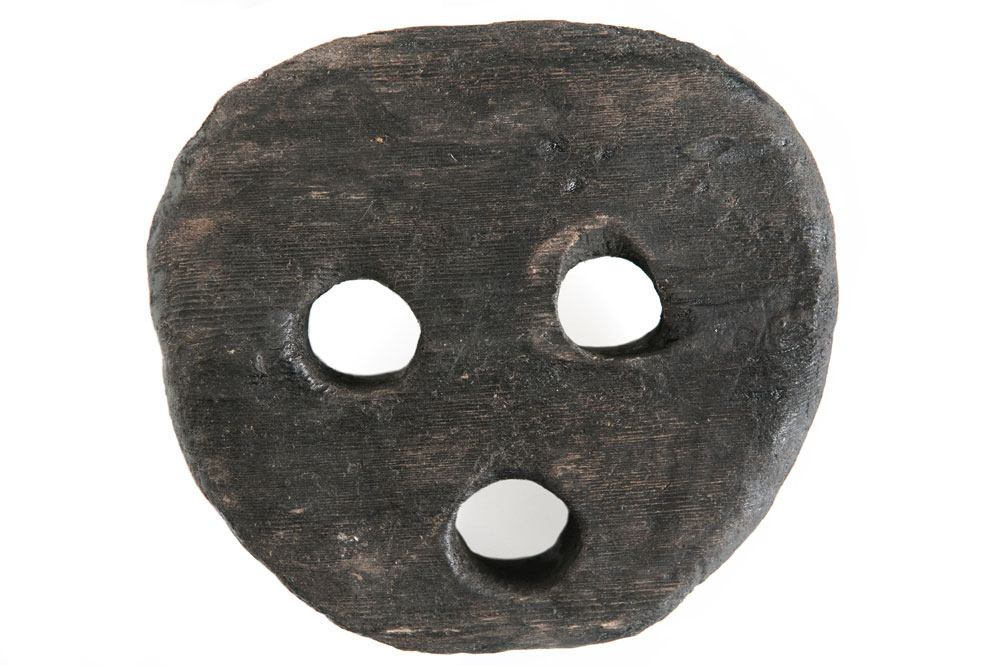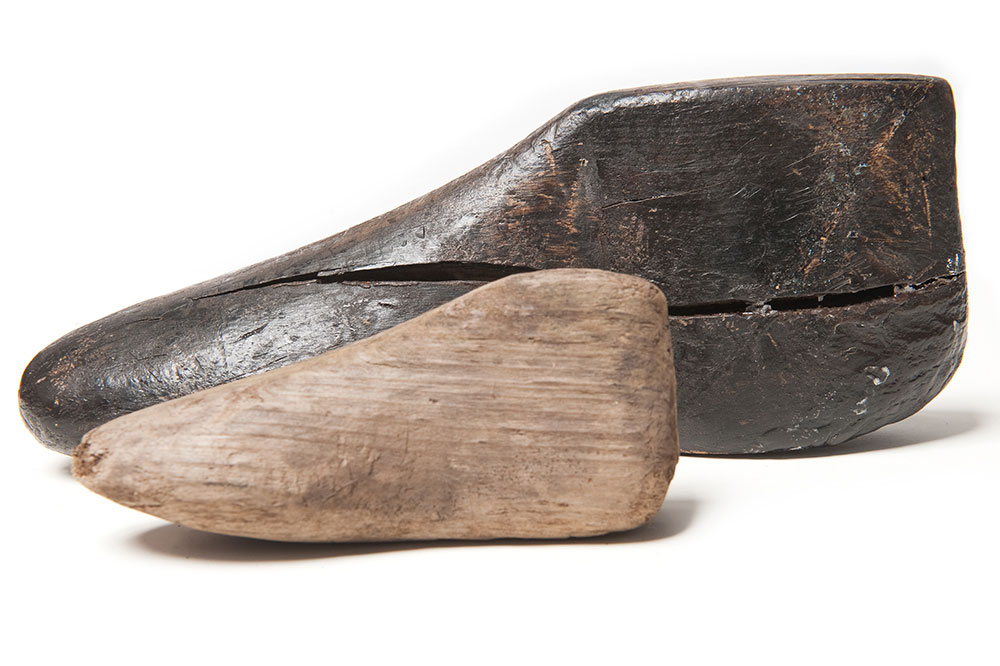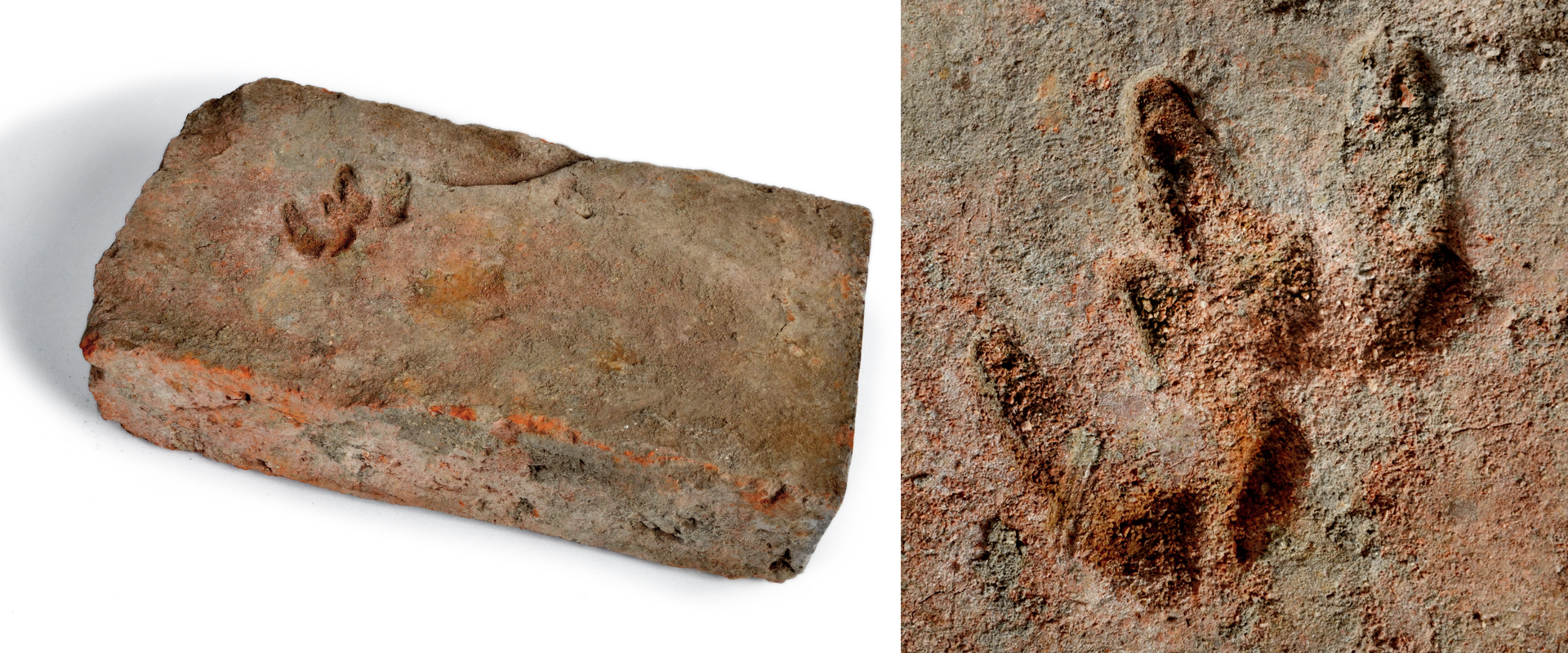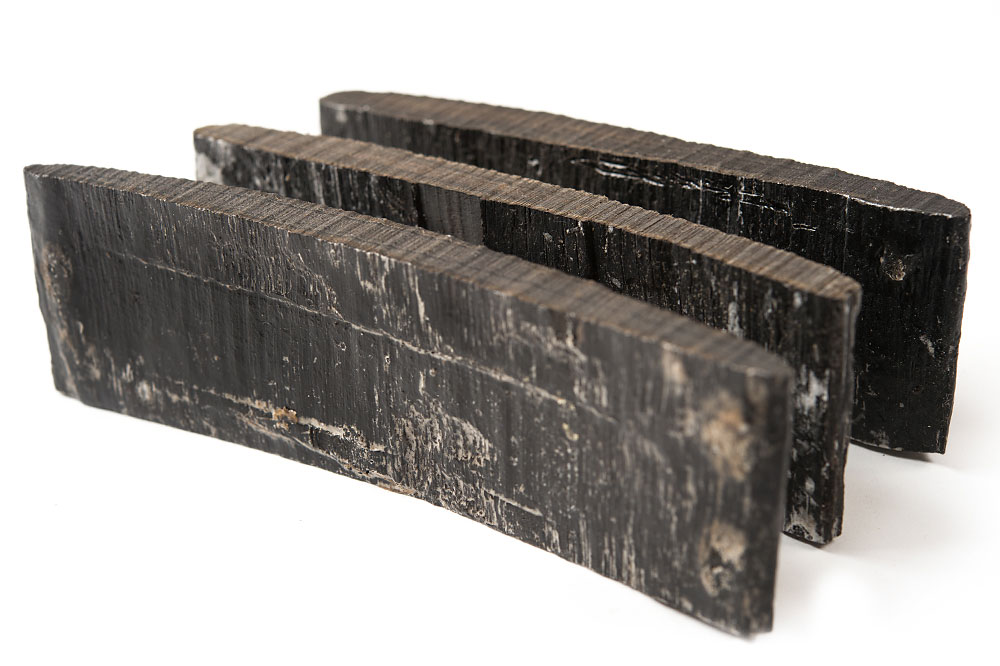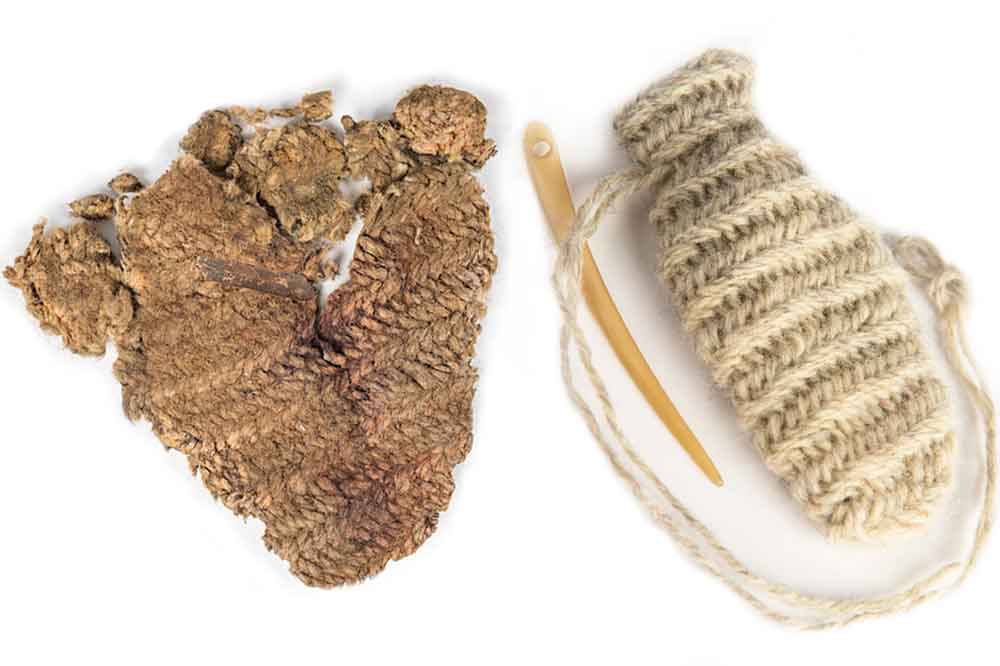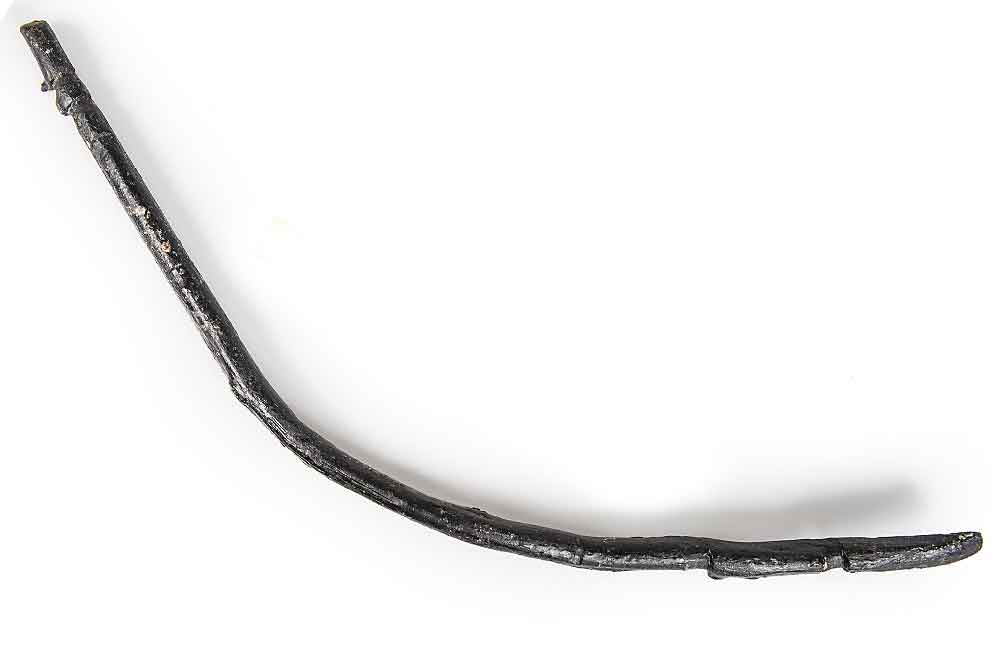During the excavation of the forward compartment of the hold, a number of lathe-turned wooden tubes were found and identified as skråkappor or containers for canister shot. In recent research this identification is questioned. So what is the function of these tubes?
The tubes are mostly badly fragments now, but the original dimensions and construction can be determined. The average size is about 280 mm long and 145 mm in diameter, with a base about 12 mm thick and sides 3-4 mm thick. The open end was sealed with a turned wooden plug about 12 m thick. The material appears to be linden (Tilia sp.). There are at least 30 of these tubes, but probably not more than 60.
These artefacts were originally identified as skråkappor, or containers for canister shot. Canister was a type of anti-personnel ammunition, consisting of a wooden or sheet metal container filled with musket balls or scrap metal. When fired from a cannon, the container disintegrated and the contents acted like a gigantic shotgun shell, creating a conical pattern of balls or metal fragments which could wound a large number of men. It was devastating against compact formations of troops in the field or the tightly massed men on the deck of a warship.
Recent research has indicated that these containers are not in fact skråkappor. The internal volume is approximately 3.7 litres, and if filled with lead musket shot, a tube would weigh nearly 30 kg. The tube wall is too thin to support this weight, and is equivalent to firing a triple shot, which might seriously overstress the cannon. Prototype skråkappor which survive at Skokloster are of the same construction as these tubes, but they are much shorter in comparison to their length. Most significantly, our wooden tubes are too large to fit down the bore of the 24-pounder guns which form Vasa’s main armament.
So what is the function of these tubes? There are several clues. They were found in the same compartment where the gunpowder was stored, and in association with other gunner’s stores, so they seem to be part of the gunner’s equipment. The construction indicates that they are intended for relatively light stresses and that they are containers of some sort. In looking at 17th-century artillery manuals and lists of gunner’s stores, one of the items that appear consistently is a flash-proof container for carrying premade charges from the powder magazine to the individual guns. According to Swedish naval regulations of the 1620s, these charges were carried one at a time from the magazine to the gun to be loaded, and they were to be carried in a tube made of wood or leather to make sure that they were not accidentally ignited on the way.
In accordance with the Swedish naval practice of the 17th century, the standard powder charge for a naval 24-pounder should be 1/3 the weight of the ball, or 8 pounds (3.3 kg). At the average density of gunpowder, this should be just over 3.3 litres in volume. John Seller’s naval gunnery manual of 1691 says that a paper cartridge, as used on Vasa, for a 24-pounder should be two ball diameters in length, which in this case would contain the desired 3.3 kg of powder with a little length left over to close the top of the cartridge. The resulting cartridge would fit very neatly in one of these wooden tubes.
We now think that what we used to call skråkappor are in fact cartridge tubes, for carrying individual powder charges from the magazine up to the guns. The number of tubes is appropriate for this use, since many would be needed at one time, but they are then carried back down to the magazine and refilled, so the total number needed is probably no more than the number of guns being served at one time. The other loading equipment on board, such as rammers and ladles, were provided at the rate of one implement for each two guns, and a provision of about two powder tubes per gun makes sense.
Finally, the inventory of guns, ammunition and artillery equipment taken on board Vasa from 31 July 1628 (Arkliräkningar R1628.37) lists among the material 2 reams of kardus papper (cartridge paper for making powder charges) and 55 Trä Karduser among the items associated with handling gunpowder. Our wooden tubes must be the latter!
